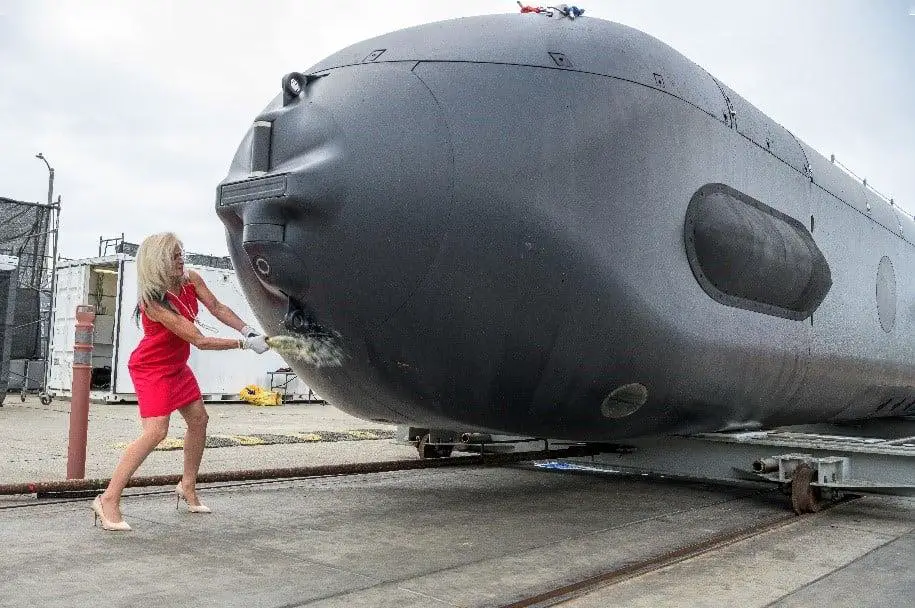In a remarkable display of technological prowess, Boeing’s cutting-edge undersea vehicle, Orca, has successfully completed the first phase of its at-sea testing, marking a significant leap forward in the realm of maritime innovation. As part of Boeing’s Extra Large Uncrewed Undersea Vehicle (XLUUV) program, Orca’s recent accomplishments herald a new era of autonomous undersea exploration and operation. Orca’s emergence into the maritime arena is not just a technological milestone but a strategic leap that holds immense implications for the U.S. Navy and the nation’s defense capabilities. Designed to autonomously navigate and perform subsea maneuvers for extended periods, Orca’s long-endurance capability is set to revolutionize undersea operations, enhancing the reach and effectiveness of maritime missions in the face of complex and challenging environments.
Boeing’s legacy of innovation in undersea technology dates back to the 1970s, solidifying its role as a pioneering force in the field. Collaborative endeavors with the U.S. Navy and the Defense Advanced Research Projects Agency (DARPA) have yielded numerous groundbreaking projects in recent years, further cementing Boeing’s reputation as a leading force in autonomous undersea vehicle development. The Orca XLUUV program’s next phase is equally captivating. With the integration of a 34-foot payload section, the vehicle’s length extends to an impressive 85 feet, weighing over 80 tons. This integrated version of Orca promises even more profound capabilities, including an at-sea demonstration for the DARPA Hunter program. This advancement represents a pivotal stride toward establishing Orca as a formidable asset within the U.S. Navy’s Extra Large UUV program.

Boeing’s collaboration with Huntington Ingalls Industries amplifies the innovation at play. This partnership aligns with the U.S. Navy’s vision for the development and production of Unmanned Undersea Vehicles (UUVs), exemplified by the fabrication, testing, and delivery of four Orca XLUUVs as part of a $43 million contract. The Orca XLUUV is designed with modular construction and an open architecture, enabling a reconfigurable platform that addresses a spectrum of mission needs.In the realm of undersea autonomy, Boeing’s Echo Voyager stands as a testament to the company’s dedication to pushing boundaries. With its advanced autonomy and modular payload bay, Echo Voyager defies traditional limitations, enabling months-long operations without physical human intervention. This capability, coupled with the ability to navigate congested waters and operate independently of a support vessel, underscores Boeing’s commitment to efficient and adaptable undersea systems.
The Orca XLUUV program’s potential extends beyond technological innovation; it signifies a shift in the way maritime operations are conducted. The combination of endurance, autonomy, and versatility promises to redefine undersea strategies and enable a more agile response to emerging challenges. As Boeing continues to lead the charge in the XLUUV market, the company’s dedication to transforming undersea capabilities resonates as a beacon of innovation. Drawing on a rich history of undersea system development, Boeing’s relentless pursuit of excellence positions Orca and its counterparts as the vanguard of undersea technology, ushering in a new era of maritime dominance.
Testing the waters and taking the plunge! ?
The Orca XLUUV completed a series of autonomous subsea maneuvers during at-sea testing. These are the first full dives for Orca, the first of its kind in uncrewed undersea capability for the @USNavy.
More: https://t.co/dRcjwmdYld pic.twitter.com/hWSveoHIZP
— Boeing Defense (@BoeingDefense) August 2, 2023
















